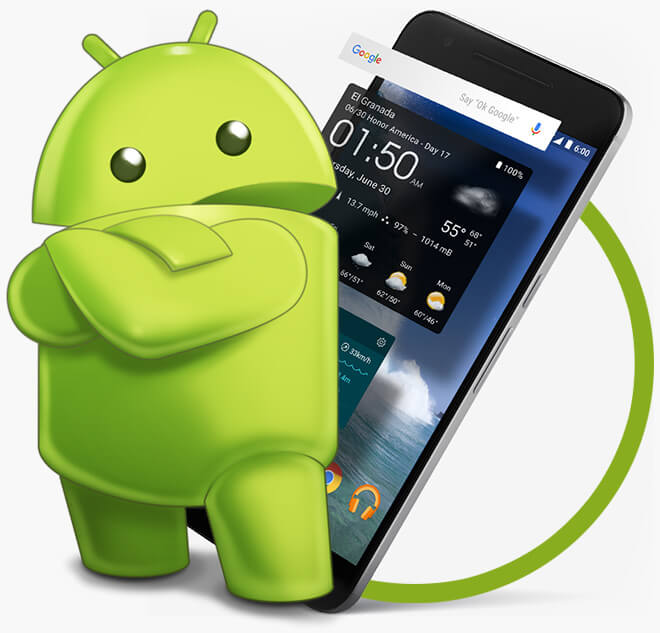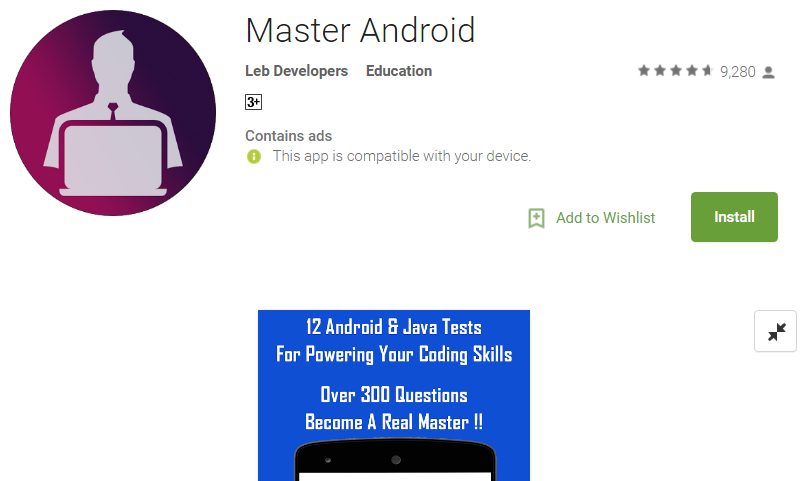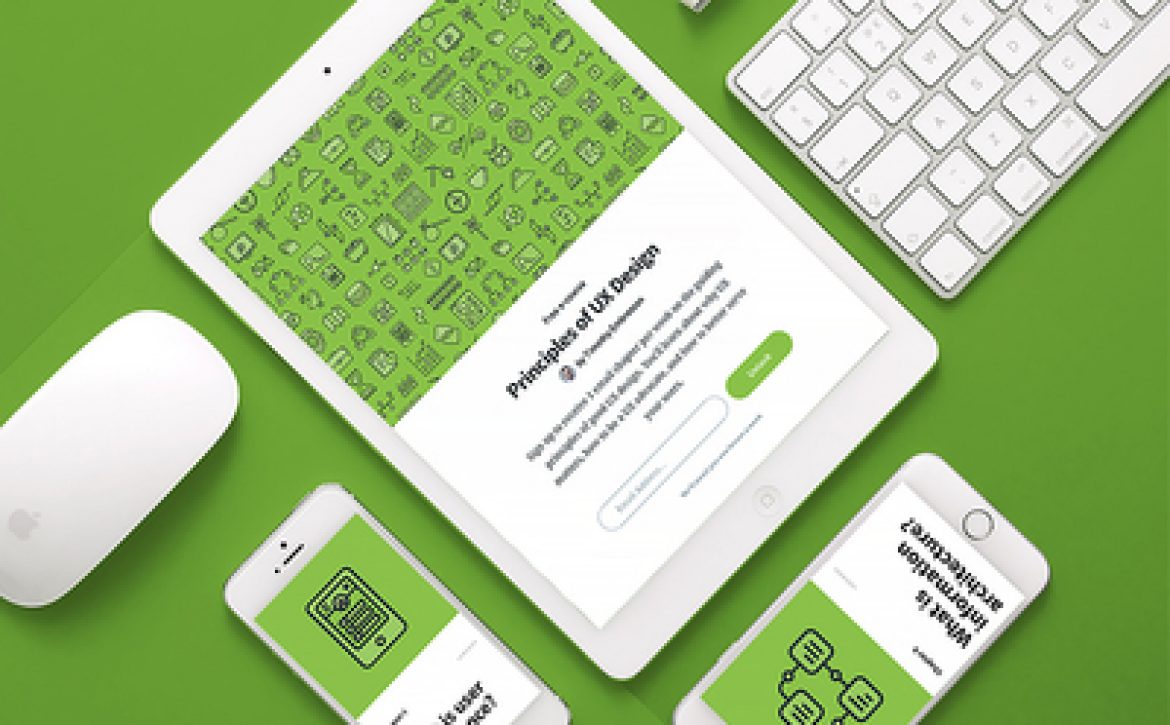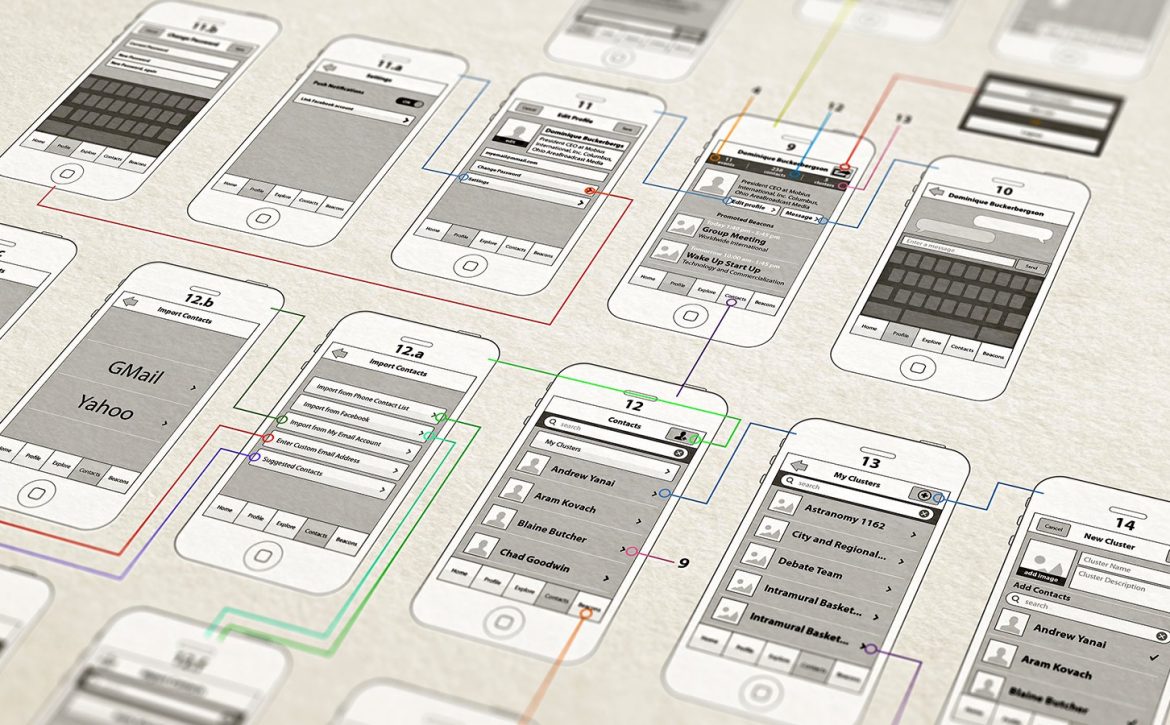8 Android Apps to Study for Upcoming Developers
Must Study Apps
Learning of new codes is an essential element in the growth trajectory of a software developer. If you are a new app developer and are particularly interested in learning about Android app development online, then you are at the right place. In this article, we will provide a list of some of the apps that provide a wholesome learning experience for those who wish to try their hands at Android app development.
1) LeafPic
One of the best apps to try for a beginner is LeafPic. This app will help you to know more about photo gallery and video app development for the Android OS. Dynamic theming done on this app helps to understand the functionality.
As it’s a very small app, it is much easier to understand for a beginner. It helps you grasp the concept behind creating a full-fledged audio app. You can learn about the intricacies of executing audio manipulation from this app. Watch out for the material design done in the project as this will be a relevant design concept for the future.
This app best exemplifies Kotlin (programming language for modern multiplatform applications). A simple yet smart design makes it good for new developers to try out. Customization of a widget text, as well as the background, adds to its charm.
This is a step by step guide for Android app developers. The full detailed tutorials makes it easy to understand technological terms and makes your learning process smoother. The app is divided into 3 sections.
a) Android lessons.
b) Ask your doubts to developers.
c) Coding challenges for you.
If you have just a basic understanding of a programming language, you can still use this tutorial app to design and create a working Android mobile app. It’s not just theory but practical guidance is also provided here. Do watch the demos for various Android activities as well get the source code.
6) Tutorial for Android: Examples
Use this tutorial to learn Android application development. This app is primarily divided into 3 sections
a) Android tutorials
b) Android examples and
c) Android quiz.
This app is perfect for basic Android coding and Android source codes. This learning app allows you to download the source code as a text file. Some of the other things this app distinguishes itself from other apps are: code downloading and feedback sending option, SDK setup detail and basic/advance Android codes.
This fast growing app lets you learn the basics of Android programming and it’s also helpful for those programmers who are already coding. It helps you to specialize in the Android programming sector by providing the latest in technology via its tutorials and assignment questions. This is one app that you should definitely look into if you like programming for Android.
In conclusion, it can be said that while there are thousands of apps to choose for an upcoming Android developer, he has to choose depending upon his own criteria, his area of interest, and the specialization he intends to do in that aspect.

























